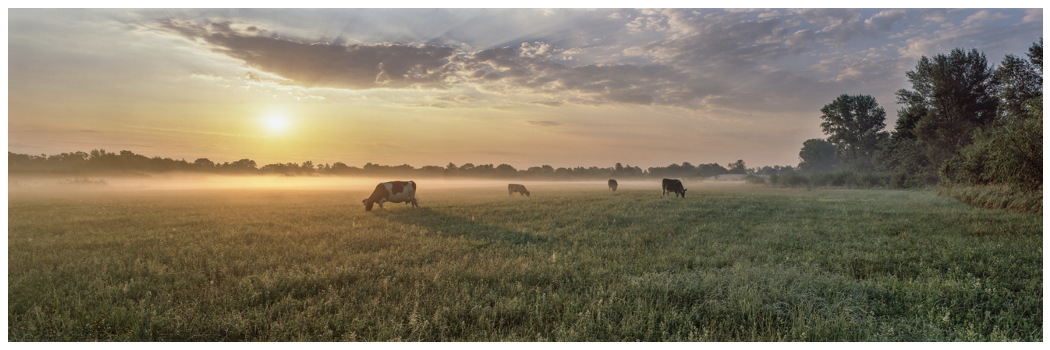- Extraordinary times lead to significant changes.
- Recent years have provoked huge transformations in attitudes towards life.
- How may the future landscape look different for wheat?
The World of Wheat Today
Wheat occupies more acres than any other grain crop around the world (circa 550m acres), with 780m tonnes produced globally.
It’s grown for livestock consumption, which, in turn, feeds humans. It can also be destined for human food products.
Our recent articles have focused on a variety of aspects related to global wheat today, including:
1. Climate change and the need to look at production in a world with different demands to the past.
Until very recent years or even months, politicians have been focused on wheat production to feed their nations or to export in the interest of their nation’s financial revenue. Today, as we saw in November 2021 with COP26, demands from many are altering to prioritise climate above all else.
2. Importers and Exporters (the Buyers and Sellers)
The main producers and exporters are facing evermore challenging years with the weather and other market unknowns, while many importers are often just trying to ensure that their poorer populations have enough to feed their families. Food security is fundamental although clearly not uniquely responsible for political stability.
Whether looking at the recent record high wheat prices in some regions, or the crazy heights of fertiliser due to sky high energy and gas markets, much has become unpredictable.
4. Coronavirus (COVID-19)
The last two years have thrown the concept that the unimaginable will never happen out of the window. Robust supply chains have descended into turmoil in a manner never thought possible.
What Does All of This Mean for the Future?
Grass-Fed Livestock
In the past, we’ve mentioned the general need to feed livestock anything from 2kg to 20kg of wheat to produce 1kg of meat for a human plate. What if the livestock are fed more grass, as we see in the more traditional methods, such as alpine sheep farming? Here, the wheat and grain rations are negligible.

Market Volatility
In recent months, we’ve discussed wheat contracts. Assessing risk and how each business, or entire importing nation, deals with price variations appears increasingly important. The very structure of grain contracts could be altered, with more of the risk taken out by the grain trade for both the buyer and the seller.
Wheat Rotations
Continuous wheat crops aren’t encouraged, for many reasons, but crop rotations including wheat could easily be elongated to allow more diverse crops and, importantly, a greater number of nitrogen-fixing green crops.
These, in turn, could sustain the grass-fed livestock and add to soil nutrients and structure, thereby reducing the need for large amounts of gas-guzzling nitrogen fertiliser production.

Pandemics and the Disrupting Unknown
How the world deals with both the current pandemic and future health, as well as political and economic instabilities will remain a problem for producers and consumers alike. We’ll have to leave that to the Governments and their experts.
Concluding Thoughts
More varied and longer crop rotations may produce less wheat but enhance agricultural sustainability. This could subsequently stimulate a shift in livestock farming to achieve feeding the world’s populations, while embracing the climate change conundrums.
Adapting wheat contracts and trade to embrace the potential added profitability from volatile wheat markets could reward the proactive participants.
Simplifying the supply chain, together with reducing food miles, has the potential to enhance efficiency, reduce risks in the face of the unknowns, and tackle some of the logistics-driven pollution.
The unknown will always be the unknown but perhaps combining the past with the present and future technological advances will allow us a more robust and eco-friendly way to feed the world, even if we ultimately produce less wheat!
I’d like to wish you all an enjoyable festive season together with a prosperous 2022!
Other Insights That May Be of Interest…
Wheat Production Alongside the Climate Drive
The World’s Largest Wheat Users and Importers
The World’s Largest Wheat Producers and Exporters
Wheat High, Exporters, Importers, and a Changing Market
High Fertiliser Prices and the Wheat Industry













